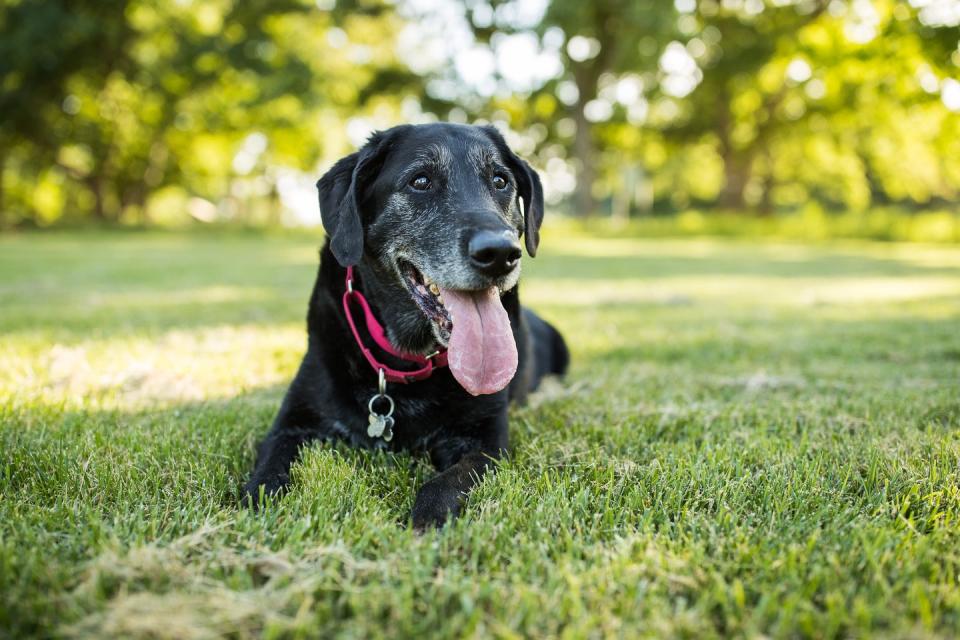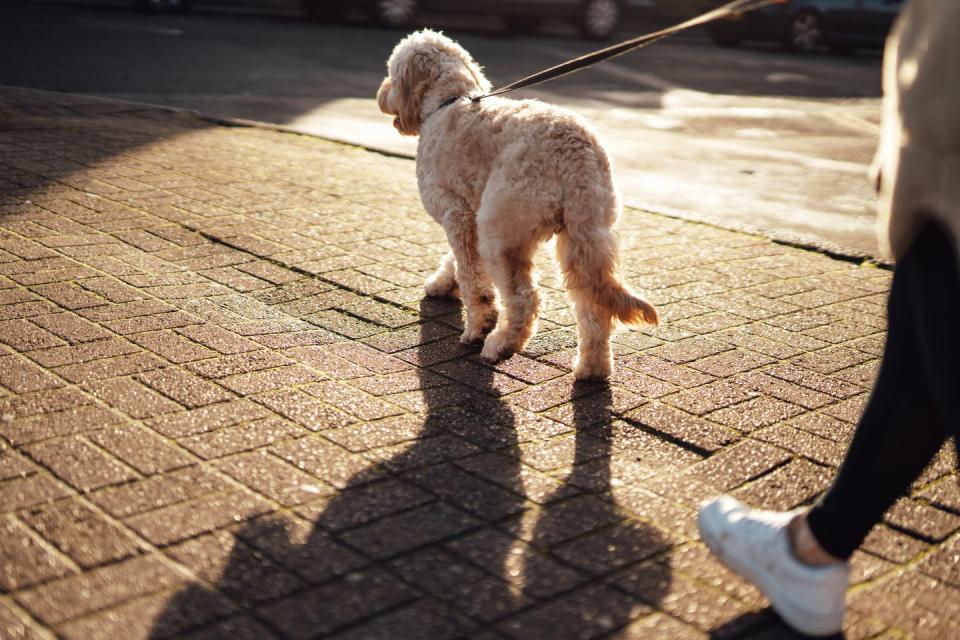The important reason why you should let your dog sniff on walks

Dogs navigate the world with their sense of smell, but do you notice your pet stopping to follow every scent outside? According to reports from The Telegraph, this gentler pace of walk should be embraced by owners, even if feels frustrating.
Sniffing provides lots of mental stimulation, particularly if your dog is growing old in years. Some dogs, especially as they age, prefer to plod slowly and investigate the scents around them. If your dog is also suffering cognitive decline or loss of sight or hearing, a slow walk with plenty of sniffing time is needed to keep them mentally stimulated.
"As most dogs age, they become increasingly motivated to sniff, irrespective of whether or not that's what they wanted to do before. I think it's a massively important part of their quality of life, being able to sniff," says Zoe Belshaw, a veterinary surgeon working on the BSAVA Old Age Pets project.

"Older dogs don't need to be marching for the whole 10 minutes of a walk. If you have 10 minutes and they go 10 metres but spend nine and a half minutes sniffing a lamp post; for that dog that is probably so much better than you trying to drag it around a circular walk around the block."
If you're heading out on a dog walk, Zoe explains the importance of reframing what the point of the walk is. She adds: "You see so many dogs being yanked because the owner thinks either the walk is for the dog and it needs to move, or because they are so fed up of the sniffing - but embracing the 'sniffari' is really important."

When it comes to playing games, fetch is often no longer suitable for dogs with mobility issues — an issue older pets commonly face. Instead, reframe playtime — whether it's during a walk or at home — and change it from lively, physical activities to games that are more mentally stimulating.
"A lot of times I am asking owners to stop certain games they are doing with patients," adds Emily Cowderoy, a veterinarian physiotherapist at the Royal Veterinary College. "But that doesn't mean we are taking all the fun out of life, it just means we need to modify how people play with their pets.
"The big thing from an arthritis point of view is going to be ball throwers or slingers, but rolling the toy to them and playing hide and seek - something much lower activity - is also fine and gets them involved."
Having an elderly dog herself, Ms Belshaw adds: "I used to put food in a cereal box and he shredded the box before he got his food out. Just finding ways to stimulate his brain because we couldn't go for those long walks.
"Snuffle mats are another really good thing for older dogs, so are hide and seek, and licky mats. Slowing down how they get treats is good, even if it is toilet rolls or cereal boxes."
You Might Also Like


